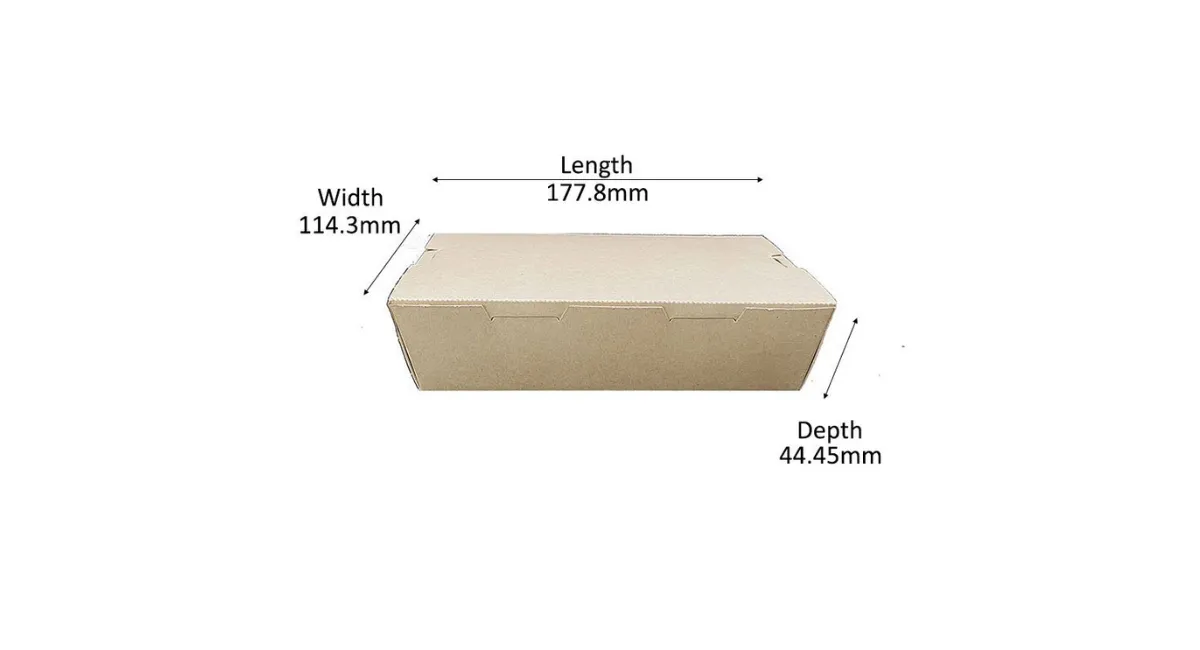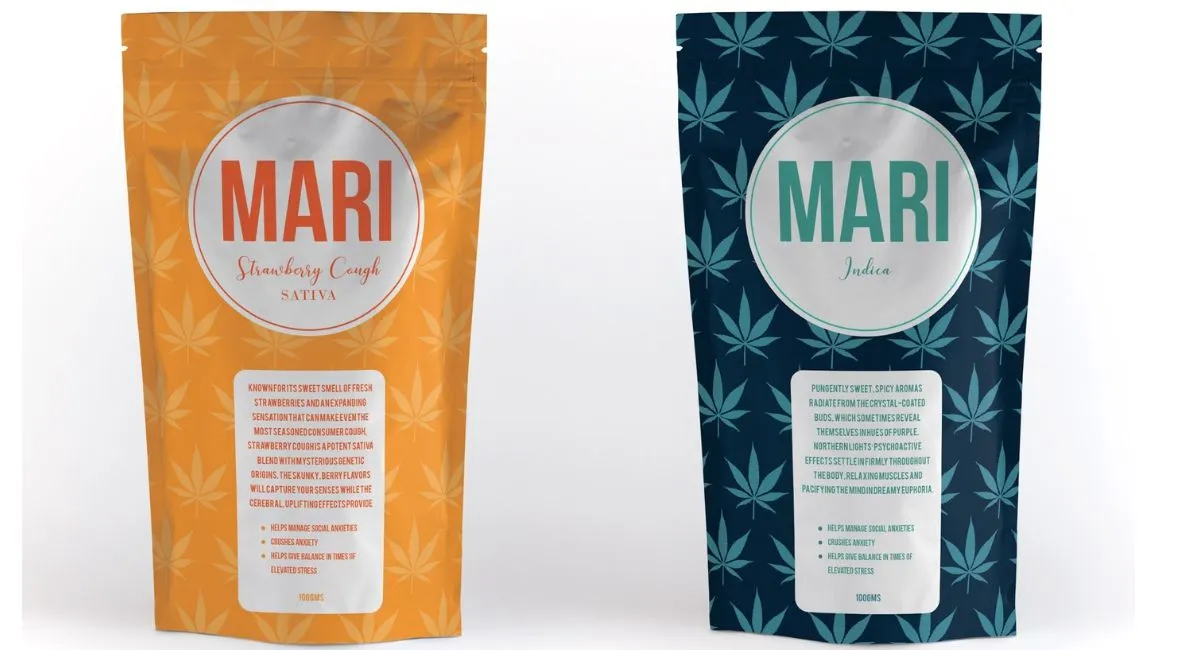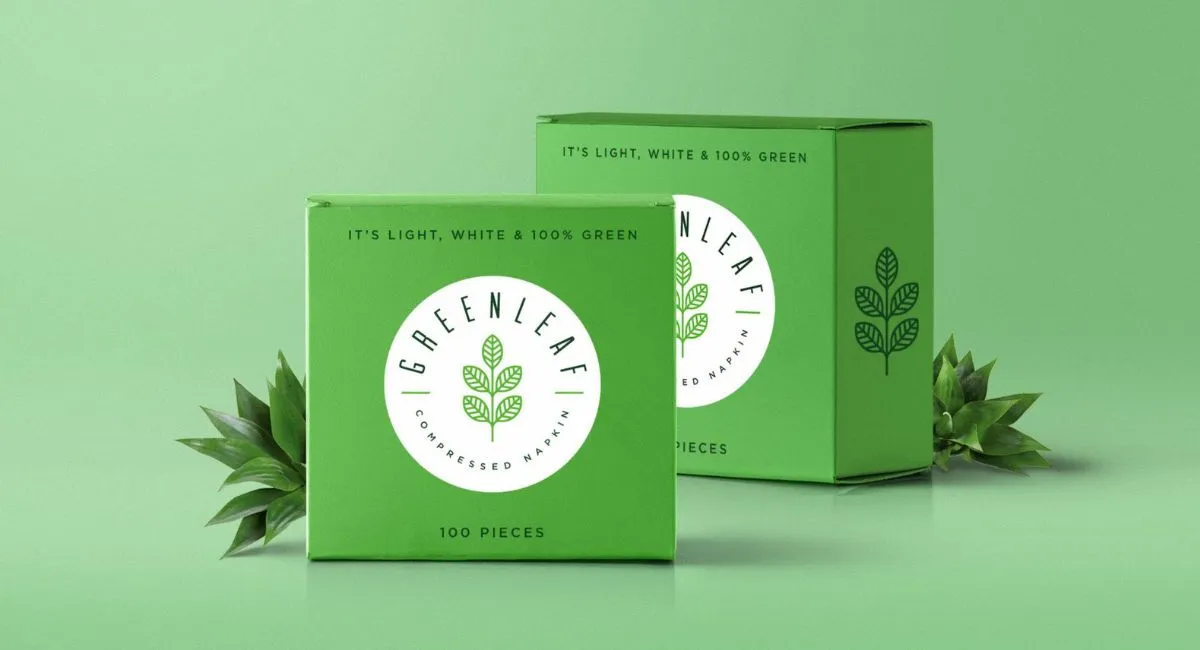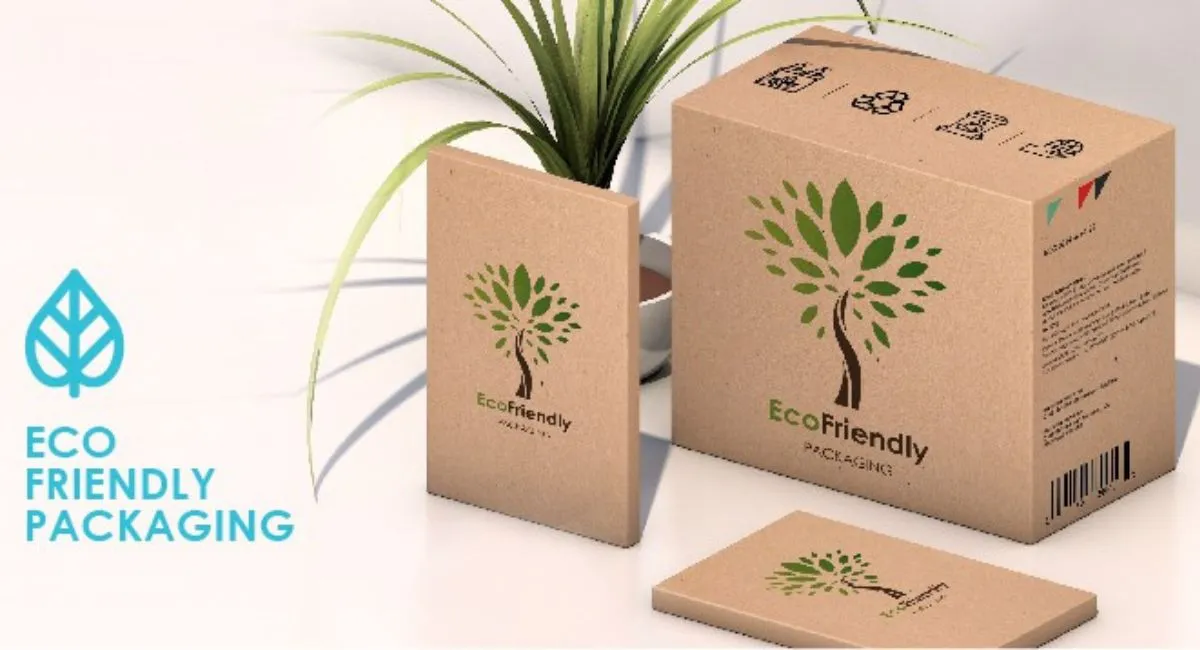Food Box Dimensions

Understanding Food Box Dimensions
Regarding packaging, one of the most common types you’ll encounter in the market is food boxes. Whether it’s for transporting fresh produce, delivering takeout meals, or packaging your favorite snacks, the dimensions of food boxes play a crucial role in maintaining food items’ quality, freshness, and safety. But what goes into determining these dimensions, and why are they so important?
Standard Food Box Dimensions
The dimensions of food boxes can vary widely depending on their intended use. However, there are some standard sizes that manufacturers and suppliers often adhere to to ensure consistency, efficiency in transportation, and ease of handling. These dimensions are typically measured in length, width, and height (L x W x H) and can range from small boxes for individual portions to large crates for bulk transport.
Small Boxes
Small food boxes are often used for individual servings or small quantities of food. A small food box might measure around 4″ x 4″ x 3″. These are commonly seen in bakeries, fast food restaurants, and for snack packaging. They are designed to be compact for easy storage and transport while providing enough space to protect the food items.
Medium Boxes
Medium-sized boxes are versatile and can be used for various food products, from baked goods to takeout meals. A typical dimension for medium boxes is approximately 10″ x 6″ x 2.5″. These dimensions are ideal for ensuring that the food remains secure during transport without taking up too much space. They are also convenient for stacking and storage in the kitchen and during delivery.
Large Boxes
Large food boxes are primarily used for transporting bulk items or multiple servings. Depending on the specific needs, these boxes can measure up to 20″ x 14″ x 4″ or larger. They are frequently used by caterers, restaurants offering family-sized meals, and in transporting fresh produce. The larger dimensions are designed to accommodate more significant quantities of food while ensuring that items remain organized and protected.
Importance of Standard Dimensions
Standardizing the dimensions of food boxes has several benefits, not only for manufacturers and suppliers but also for consumers. It facilitates the efficient use of space during transportation and storage, reducing costs and minimizing environmental impact. For consumers, standard dimensions mean predictability in packaging sizes, making it easier to store items at home and estimate the quantity of food being purchased or delivered.
Additionally, adhering to specific dimensions can be critical in food safety. Properly sized food boxes ensure that items are not overcrowded, reducing the risk of damage and contamination. This is particularly important for fresh produce and other perishable items that require adequate space for ventilation.
Conclusion
The dimensions of food boxes are more than just numbers; they are a critical factor in the packaging and transportation of food. By understanding and adhering to standard sizes, the food industry can ensure that products are delivered safely and efficiently, with minimal waste and maximum satisfaction. Whether you’re a consumer looking to store your food conveniently or a business ensuring the quality of your deliveries, paying attention to the dimensions of food boxes can make all the difference.



